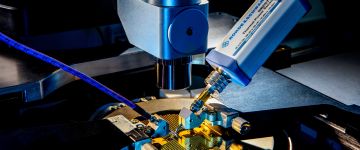RF & microwave power meters
Discover the RF power meter & microwave power meter and sensor portfolio from Rohde & Schwarz for ultra-high measurement accuracy and speed
Our RF & microwave power sensors ensure precise and reliable measurements. They provide the highest measurement accuracy and speed, simple operation, technological leadership in thermal, diode and OTA core measurement elements as well as traceability to national standards. This commitment makes Rohde & Schwarz the prime choice in accurate power measurement. From general purpose, directional, microwave, to even space-qualified or frequency selective power sensors – Rohde & Schwarz has your application covered.

























